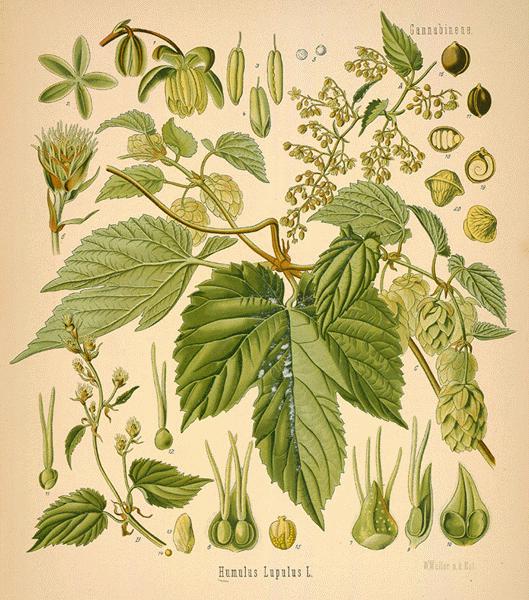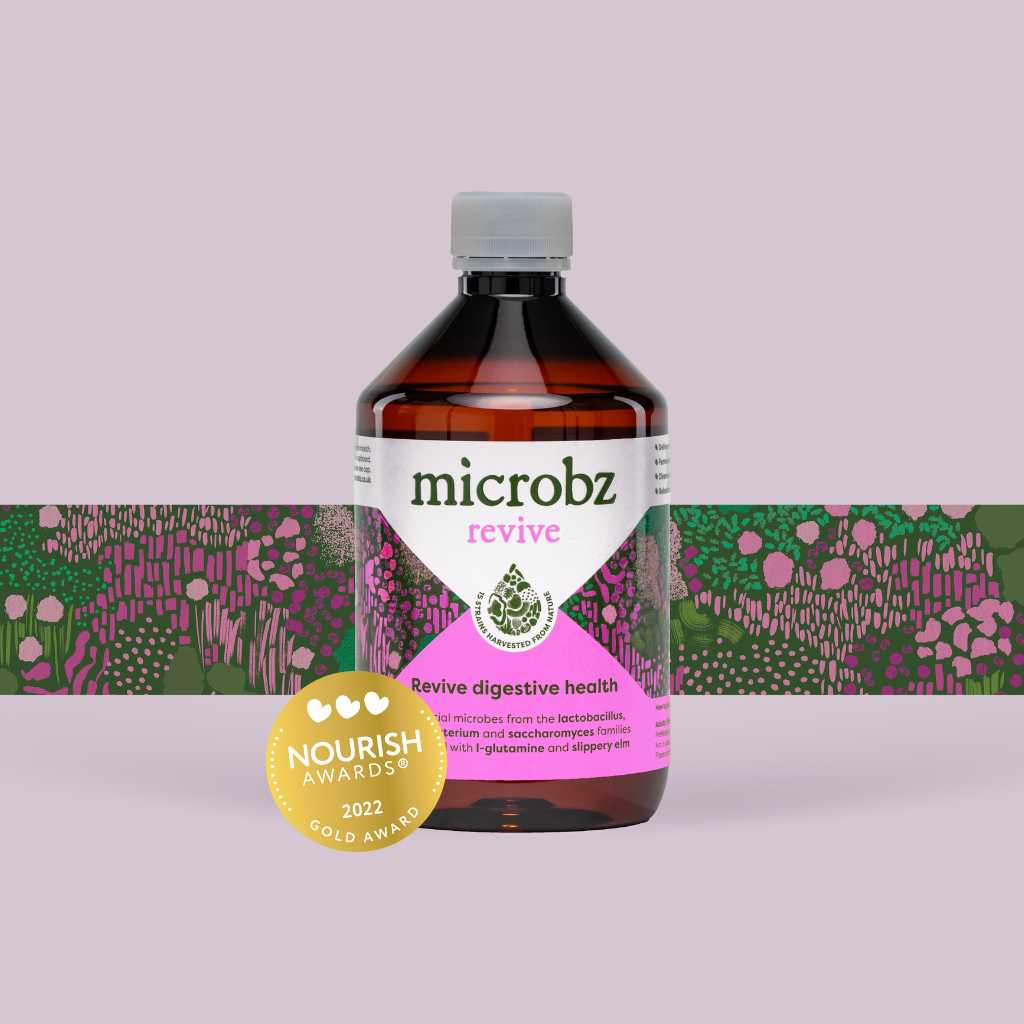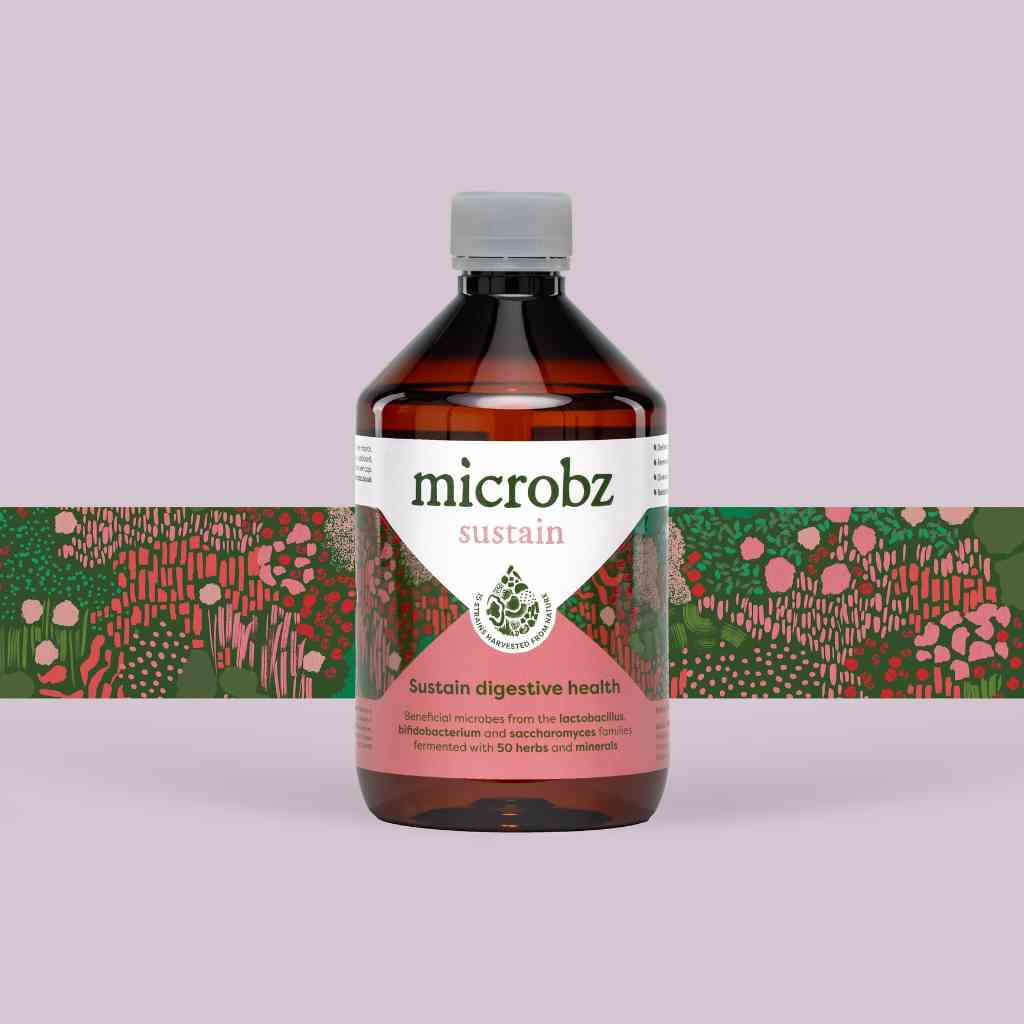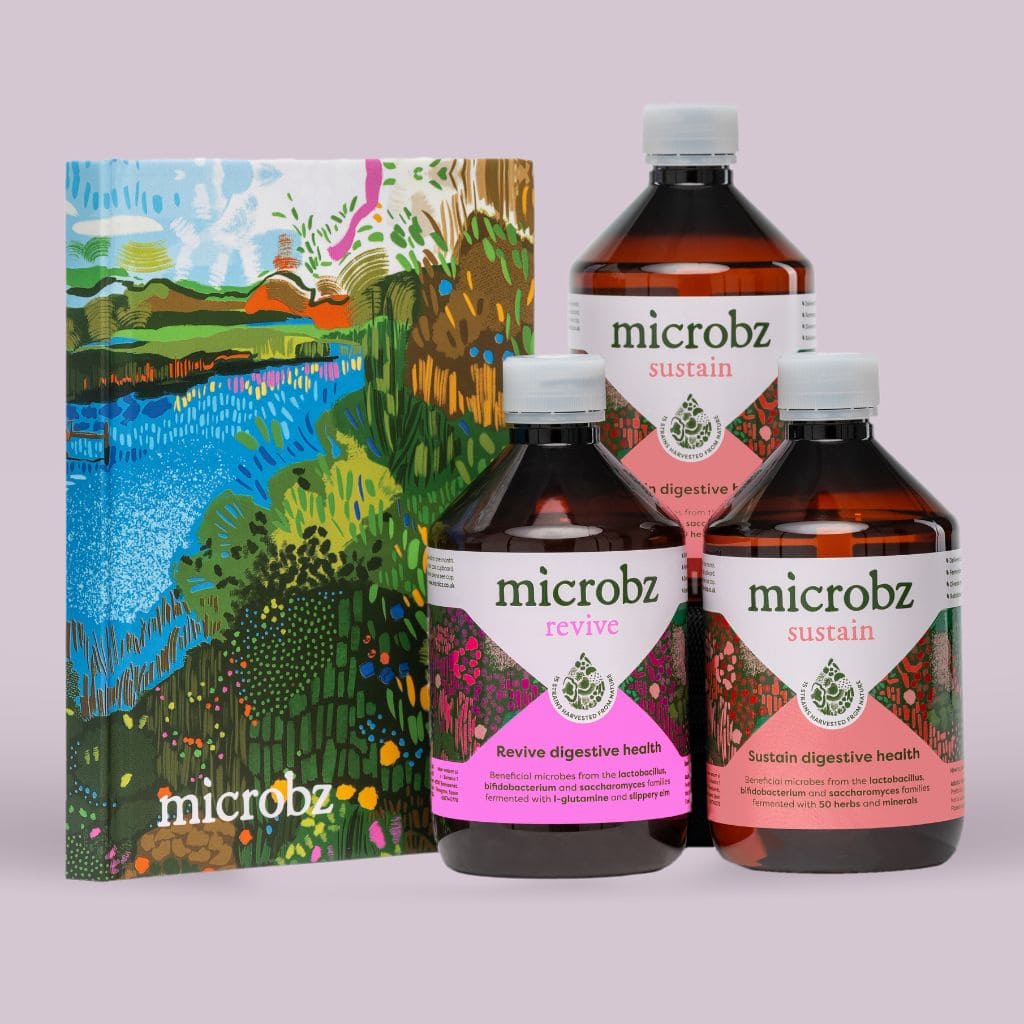History
Parts used:
Flowers.
Constituents (bio available chemicals):
Bitter principle (15-20%) resinous and containing derivatives of phloroglucinol. On storage bitter acids convert at least in part to isovaleric acid. Volatile oil (0.3-1%). Flavonoids kaempferol and quercitin. Also contains tannins, phenolic acids, choline, trimethylamine, asparagine and undetermined oestrogenic substances.
Nutritional constituents:
Vitamin: B-complex. Minerals: magnesium, zinc, copper, and traces of iodine, sodium, lead, fluorine and chlorine.
Indications:
Colitis, excitability, insomnia, menopause symptoms and neuralgia.
Dosage:
Liquid extract (1:2): 10-30ml per week. Infusion of dried herb: 0.5-1g to aid sleep, or 3 x daily. Fresh hops can be placed on a pillow to aid sleep as their scent is carried by the olfactory nerve directly into the brain.
British Herbal Pharmacopoeia
Cautions for therapeutic doses
Can be interactive when consuming alcohol or other sedative drugs. May contribute to depression. Topically the pollen has been known to cause contact dermatitis and the fresh plant and plant dust has been known to cause allergic reactions.




